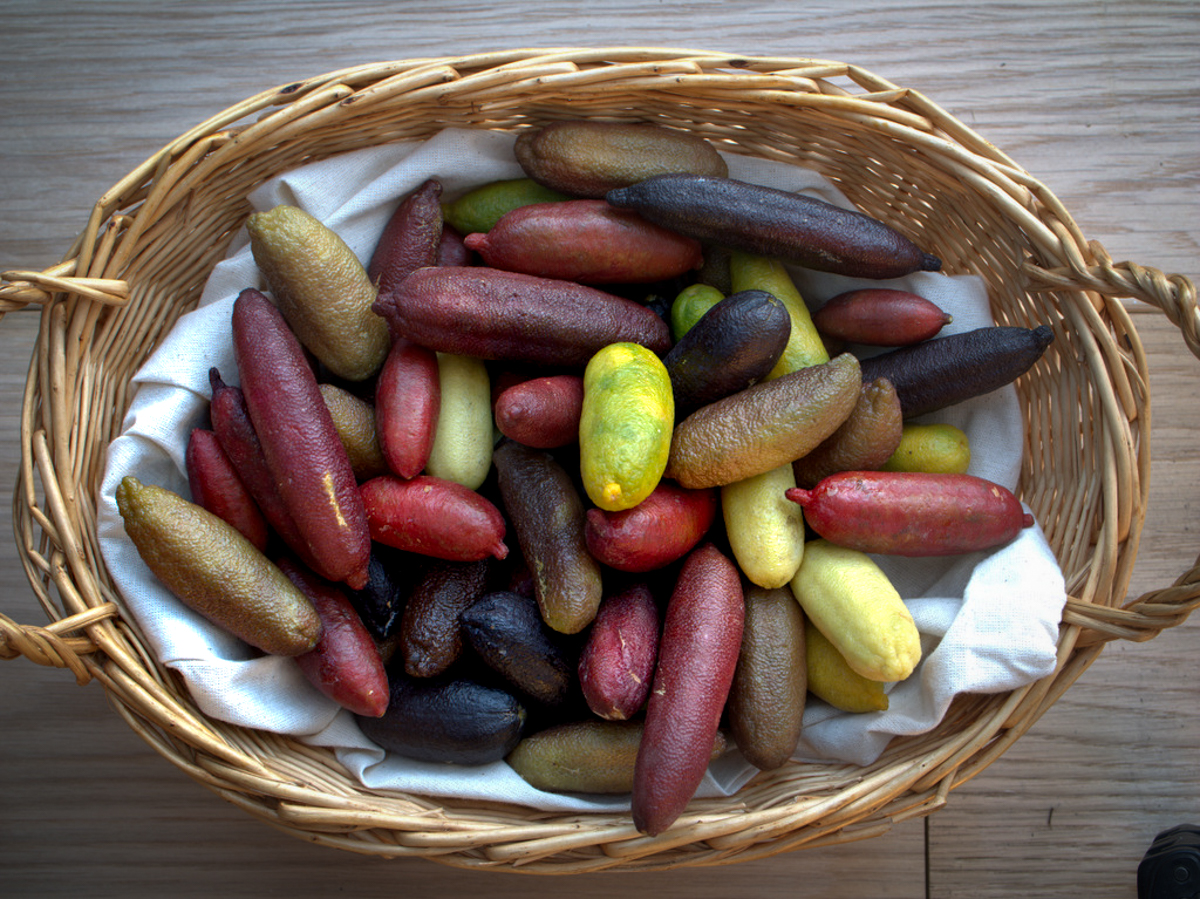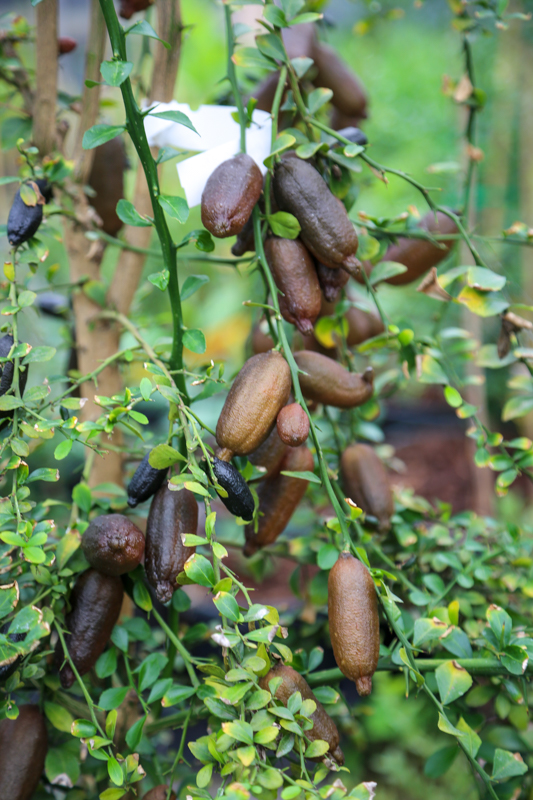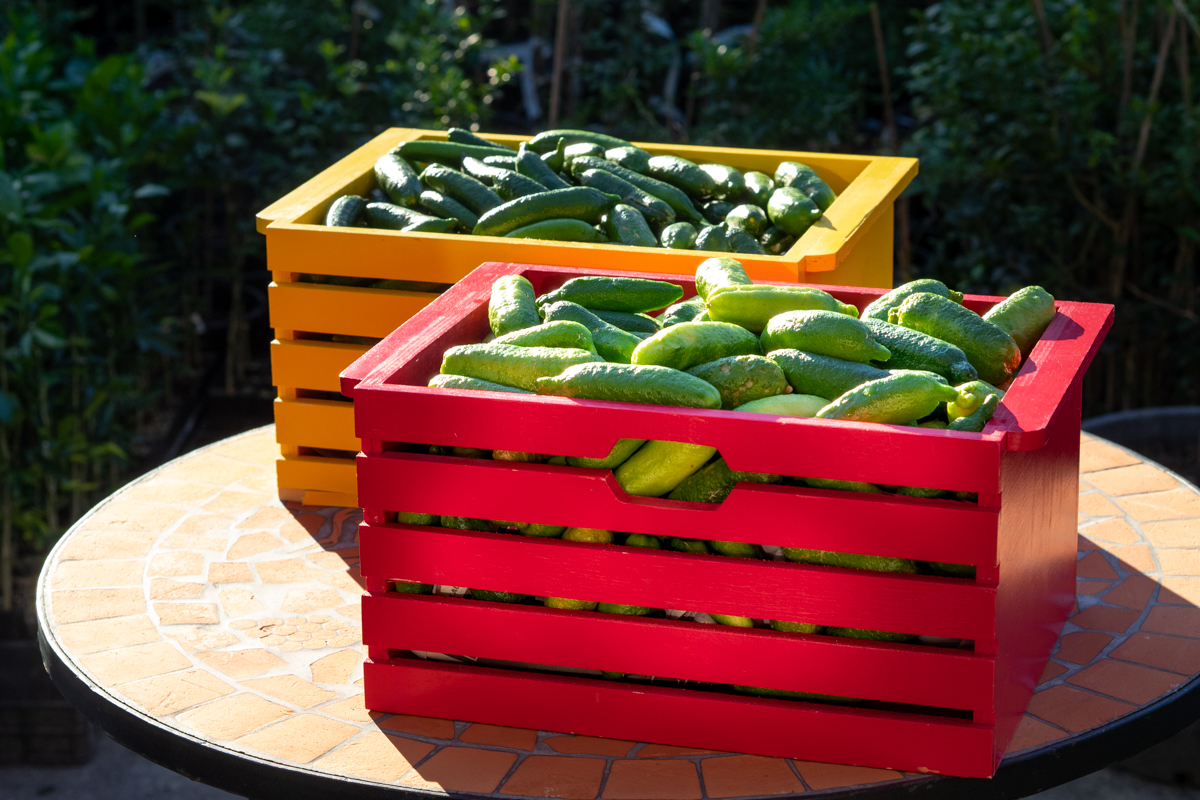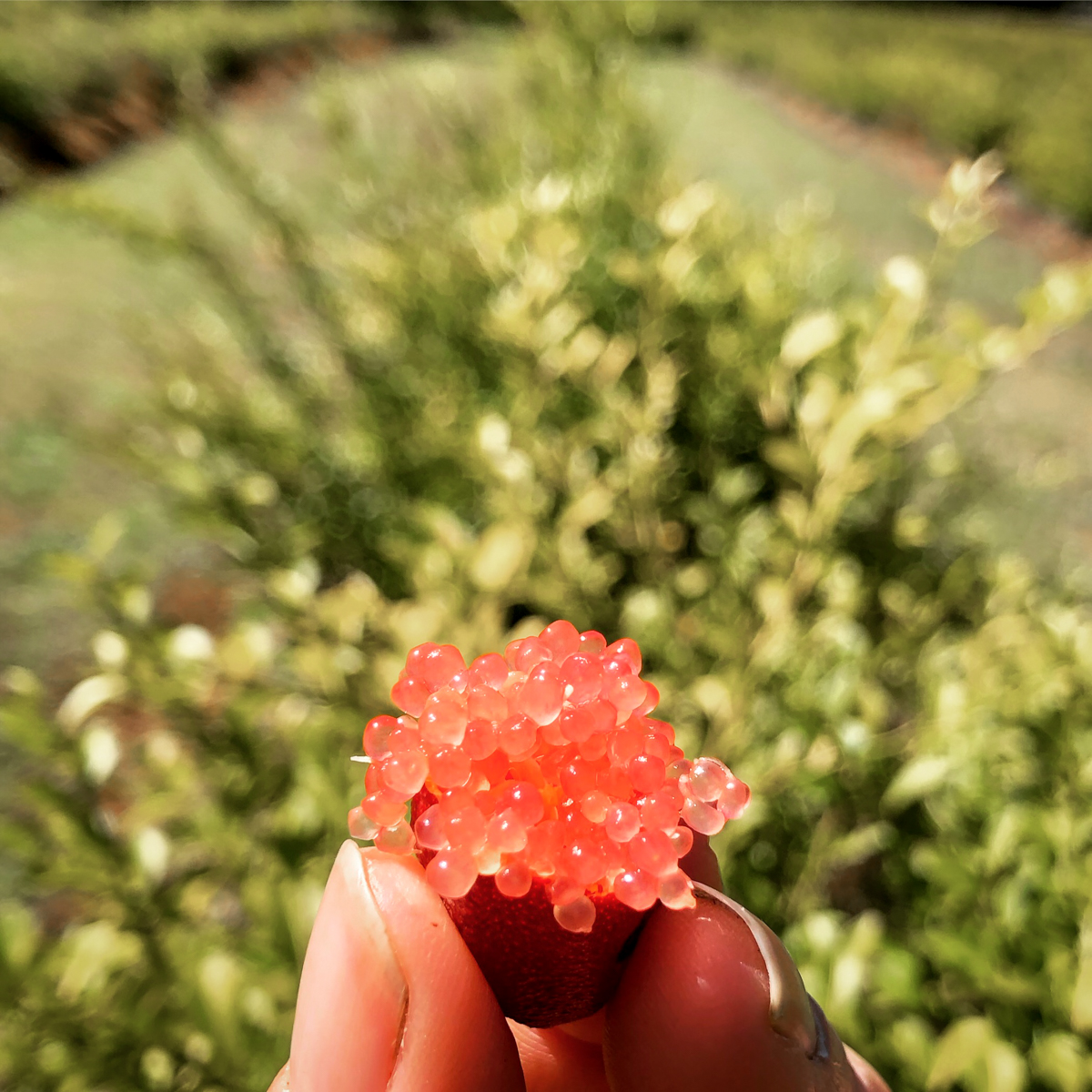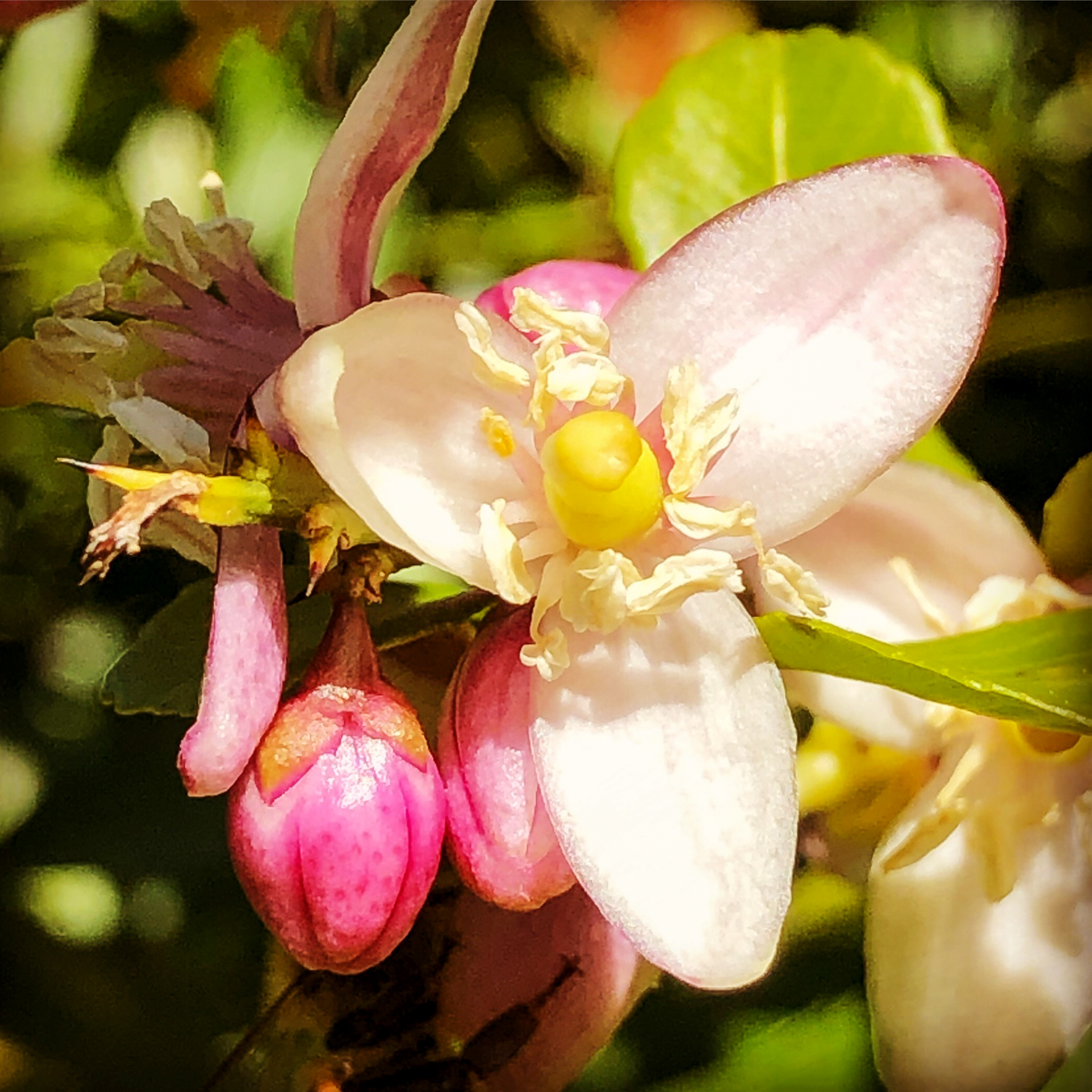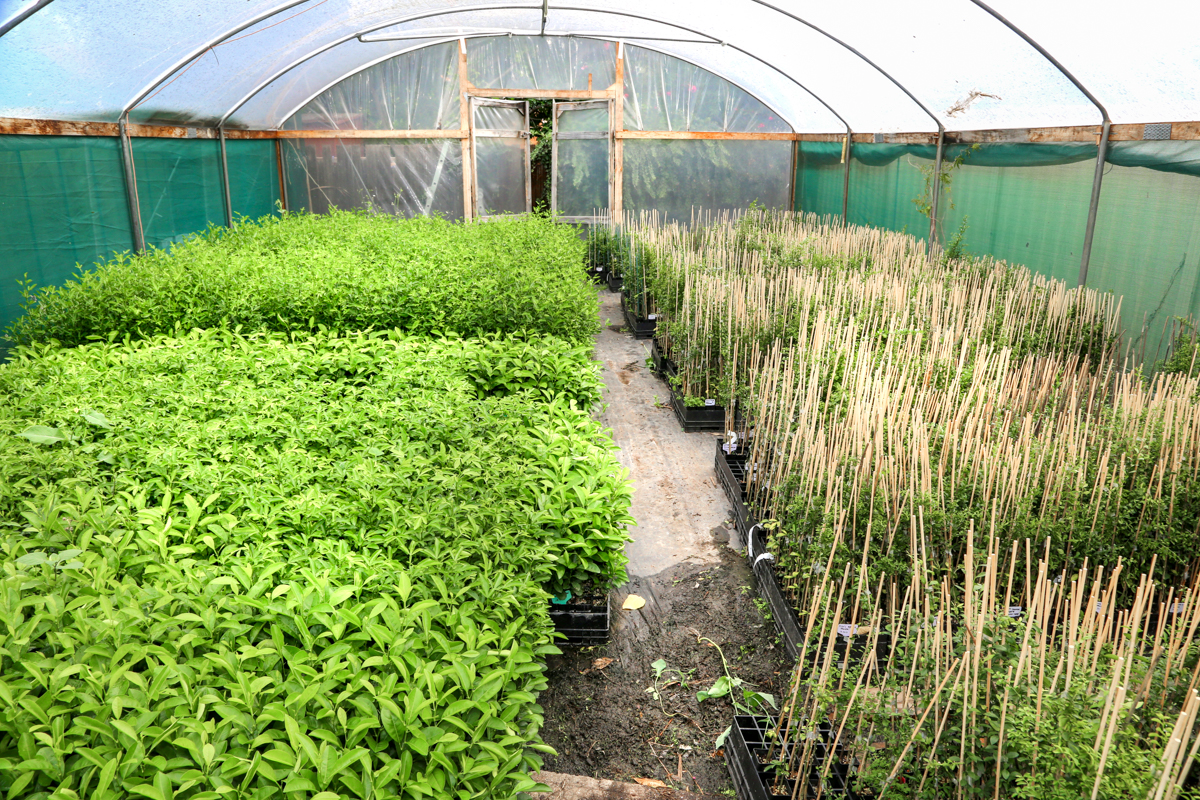Some thoughts for our friends in the fledgling fingerlime industry
Some thoughts for our friends in the fledgling fingerlime industry
Share
Share
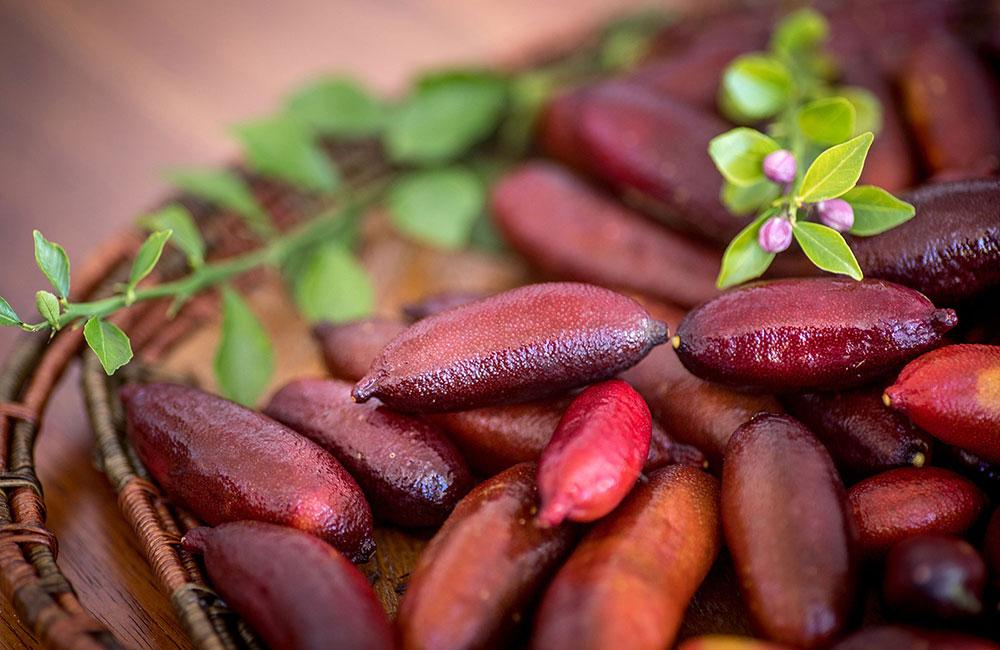
By Lene Knudsen – Queensland Fruits and Vegetable Growers
While native to Australia, fingerlimes are an emerging commodity when it comes to commercial farming. It is exciting to see the formation of the Australian Native Fingerlime Alliance (ANFA).
Establishment of the alliance is an important step in fostering collaboration and knowledge sharing among growers, advancing growing practices, and promoting this amazing native fruit to consumers.
Taking on a relatively new commercial commodity is not without its challenges, however. Many commercial horticulture crops have best practices and knowledge that every commodity can use and learn from.
Some of the most essential farm practices are good soil management and ground cover. Looking across horticulture industries, growers with good practices, and continuous focus on soil management and ground cover reap rewards in the form of better crops and more stable soils. Good soil management starts with knowledge, regular soil and leaf testing is the best foundation for building that in depth knowledge.
Soil and farm maps can help visualise soil differences, a farm’s layout, and its important topographic features.
EM38 mapping can identify soil characteristics, soil health, water logging and high erosion hotspots. An EM map can support development planning, design applications, optimisation of irrigation design, inform decisions for soil testing along with drainage and runoff management.
Other mapping technologies such as Light Detection and Ranging (LiDAR) and Normalized difference vegetation index (NDVI) can also support growers in building essential knowledge and confirmation of farm characteristics.
LiDAR is a 3D scan of the property. It can identify characteristics like slope, aspect, and elevation, for example to inform farming decisions like drainage, planting direction and soil erosion etc.
NDVI captures near infrared light to analyse the different shades of green in plants, detecting minor differences that can indicate poor plant health.
Grtowcom’s Hort360 is a best management practice program designed to assess horticulture businesses through benchmarking management practices. It also highlights areas areas for improvement, and includes links to helpful resources. The program is free, and Growcom staff are available to facilitate the process.
Hort360 is also used to build farm business resilience plans with growers and accessing farm resilience grants. Demand for documentation of a wide variety of farm planning and practices is increasing. This demand is coming from the government and the financial sector, with banks and insurance companies seeing it as good business sense.
Resilience plans, disaster management plans, ESG (Environmental, Social and Governance) reports and carbon benchmarking are just some of the documents that will soon be expected of growers.
For any horticulture industry in Australia, disaster planning is essential. The last few years have seen many severe weather events putting growers and farms under a lot of distress. While damage and impacts sometimes cannot be avoided, planning, preparedness and good management practices are keys to get through these extreme weather events.
Prevent and Prepare, Respond, Recover and Communicate are the key steps to effectively building resilience to extreme weather events. Growcom have developed and collected essential resources and guidance on https://www.qfvg.com.au/natural-disaster-resources.
Prudent planning can put fingerlime growers on the right path from their farm’s inception and protect their business in times of disaster.

